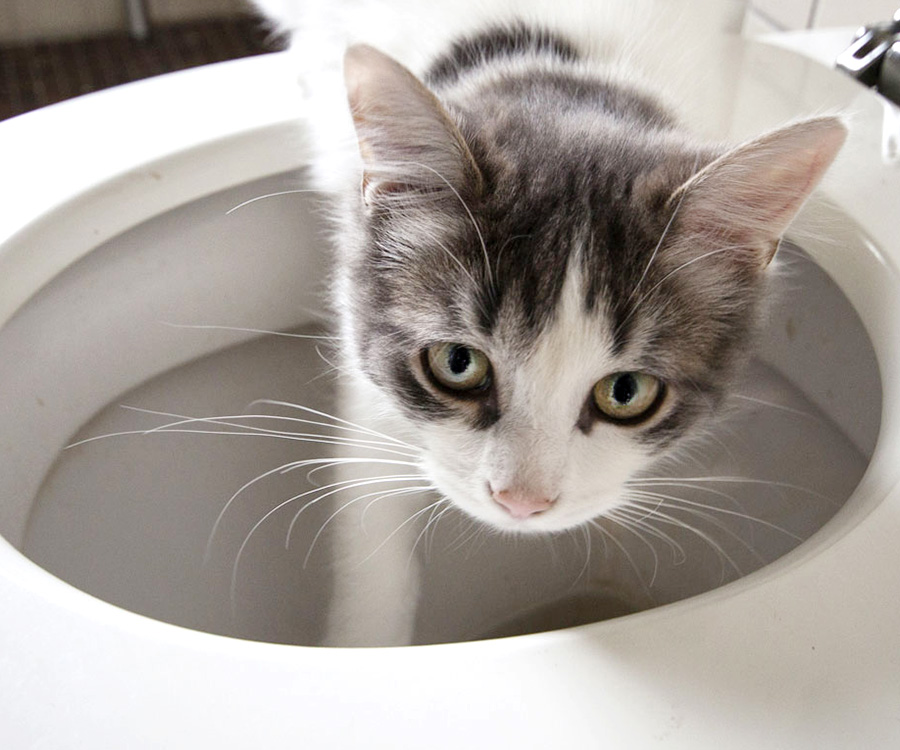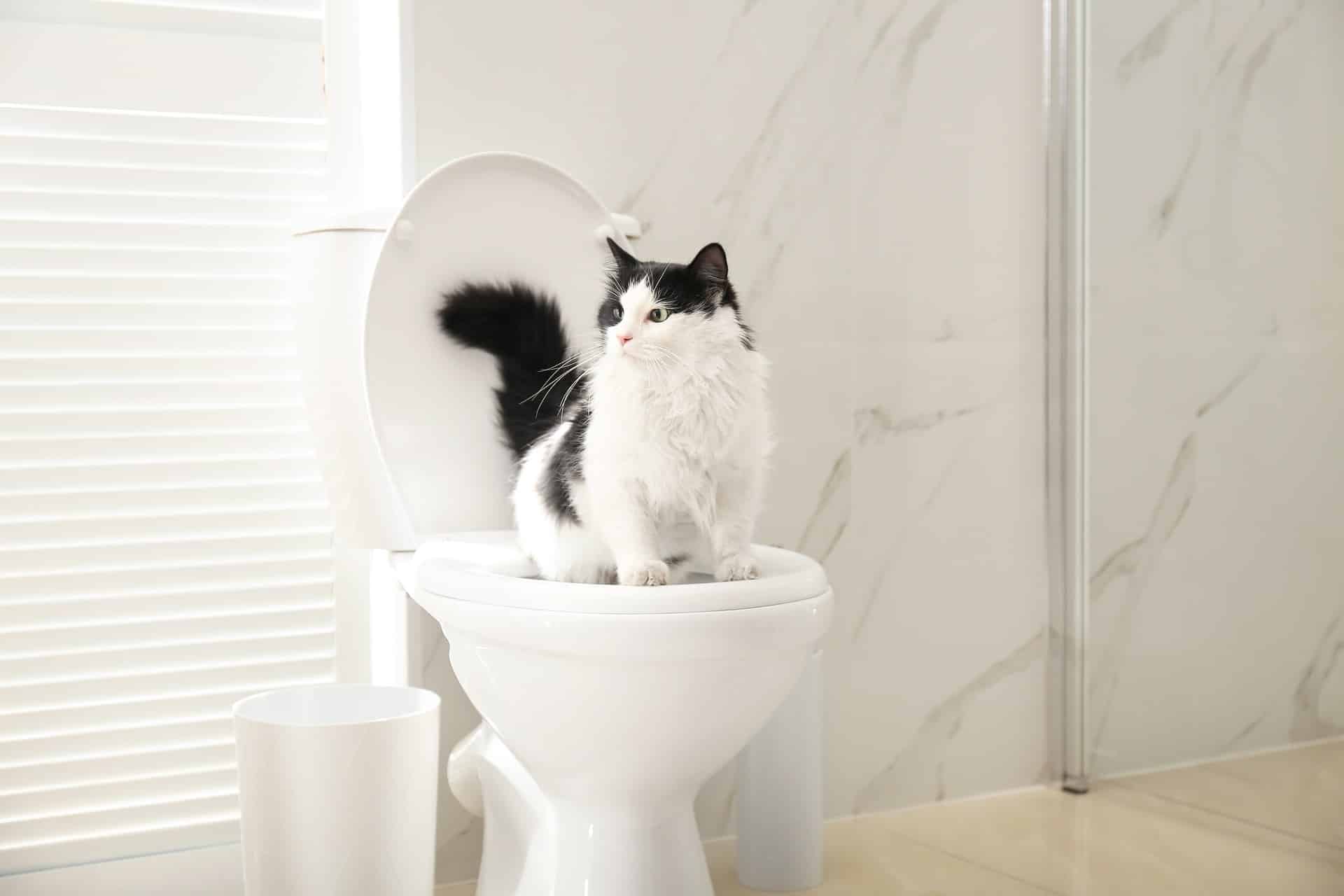Essential Issues Regarding Flushing Animal Waste Down the Toilet
Essential Issues Regarding Flushing Animal Waste Down the Toilet
Blog Article
What're your ideas concerning Can You Flush Dog and Cat Poo Down the Toilet??

When it comes to getting rid of waste, especially animal waste, lots of people commonly consider the practical option of flushing it down the commode. Nevertheless, this seemingly very easy service can have significant repercussions for the environment and public health. In this post, we'll explore why flushing pet waste down the commode is a poor idea and provide different techniques for correct disposal.
Intro
Correct waste disposal is crucial for preserving ecological sustainability and public health. While it might seem harmless to flush animal waste down the bathroom, it can lead to numerous concerns, both for the setting and human wellness.
Risks of flushing pet waste
Ecological effect
Flushing animal waste introduces hazardous microorganisms and virus right into waterways, which can adversely affect water ecosystems. These pathogens can infect water sources and damage aquatic life, interrupting delicate ecosystems.
Public health concerns
Pet waste contains harmful microorganisms such as E. coli and Salmonella, which can present severe health threats to human beings. Flushing animal waste down the bathroom can contaminate water products, leading to the spread of conditions and infections.
Alternatives to flushing
Rather than purging pet waste down the bathroom, there are several alternative disposal methods that are extra eco-friendly and sanitary.
Composting
Composting pet waste is an environment-friendly way to deal with it. By composting, organic matter is broken down into nutrient-rich dirt, which can be used to fertilize gardens and plants.
Garbage dump disposal
Getting rid of pet waste in a land fill is an additional alternative. While not as eco-friendly as composting, it check here is a safer choice to flushing, as it avoids the contamination of water resources.
Animal garbage disposal systems
There are customized pet dog waste disposal systems readily available that securely and hygienically throw away pet waste. These systems often make use of enzymes to break down waste and remove odors.
Actions to proper pet waste disposal
To make certain correct disposal of pet waste, comply with these actions:
Scooping and getting waste
Consistently scoop and bag pet waste utilizing eco-friendly bags. This prevents waste from contaminating the setting.
Utilizing marked waste containers
Dispose of bagged animal waste in designated waste bins, such as compost bins or garbage dump containers. Prevent flushing it down the toilet at all expenses.
Cleaning up litter boxes and animal locations regularly
On a regular basis clean can and pet dog areas to prevent the build-up of waste and germs. Use pet-safe cleansing products to maintain hygiene.
Advantages of appropriate disposal techniques
Taking on proper disposal approaches for animal waste supplies a number of benefits:
Lowered environmental pollution
Appropriate disposal techniques decrease the threat of environmental pollution, securing rivers and ecological communities from contamination
Minimized danger of water contamination.
By preventing flushing pet waste down the commode, the threat of water contamination is substantially decreased, securing public health.
Enhanced hygiene and hygiene
Appropriate disposal approaches promote far better hygiene and health, producing a much safer atmosphere for both humans and animals.
Verdict
To conclude, flushing animal waste down the bathroom is dangerous to the atmosphere and public health. By embracing alternate disposal approaches and adhering to proper waste management methods, we can reduce the negative effect of animal waste and contribute to a cleaner, much healthier world.
Why You Should Never Flush Cat Poop Down the Toilet
A rose by any other name might smell as sweet, but not all poop is created equal. Toilets, and our sewage systems, are designed for human excrement, not animal waste. It might seem like it couldn’t hurt to toss cat feces into the loo, but it’s not a good idea to flush cat poop in the toilet.
First and foremost, assuming your cat uses a litter box, any waste is going to have litter on it. And even the smallest amount of litter can wreak havoc on plumbing.
Over time, small amounts build up, filling up your septic system. Most litter sold today is clumping; it is made from a type of clay that hardens when it gets wet. Ever tried to scrape old clumps from the bottom of a litter box? You know just how cement-hard it can get!
Now imagine just a small clump of that stuck in your pipes. A simple de-clogger like Drano isn’t going to cut it. And that means it’s going to cost you big time to fix it.
For an amusing, graphic tale of what happens when you flush too much litter down the toilet all at once, take a few minutes to read Gene Weingarten’s 2017 Washington Post column “So that’s what happens when you flush cat litter down the toilet.”
Parasitic Contamination
Believe it or not, your healthy kitty may be harboring a nasty parasite. Only cats excrete Toxoplasma in their feces. Yet it rarely causes serious health issues in the cats that are infected. Most people will be fine too if infected. Only pregnant women and people with compromised immune systems are at risk. (If you’ve ever heard how women who are expecting are excused from litter cleaning duty, Toxoplasma is why.)
But other animals may have a problem if infected with the parasite. And human water treatment systems aren’t designed to handle it. As a result, the systems don’t remove the parasite before discharging wastewater into local waterways. Fish, shellfish, and other marine life — otters in particular — are susceptible to toxoplasma. If exposed, most will end up with brain damage and many will die.
Depending on the species of fish, they may end up on someone’s fish hook and, ultimately on someone’s dinner plate. If that someone has a chronic illness, they’re at risk.
Skip the Toilet Training
We know there are folks out there who like to toilet train their cats. And we give them props, it takes a lot of work. But thanks to the toxoplasma, it’s not a good idea.
Leave the toilet to the humans, and accept your future litter cleaning duty.

On a regular basis clean can and pet dog areas to prevent the build-up of waste and germs. Use pet-safe cleansing products to maintain hygiene.
Advantages of appropriate disposal techniques
Taking on proper disposal approaches for animal waste supplies a number of benefits:
Lowered environmental pollution
Appropriate disposal techniques decrease the threat of environmental pollution, securing rivers and ecological communities from contamination
Minimized danger of water contamination.
By preventing flushing pet waste down the commode, the threat of water contamination is substantially decreased, securing public health.
Enhanced hygiene and hygiene
Appropriate disposal approaches promote far better hygiene and health, producing a much safer atmosphere for both humans and animals.
Verdict
To conclude, flushing animal waste down the bathroom is dangerous to the atmosphere and public health. By embracing alternate disposal approaches and adhering to proper waste management methods, we can reduce the negative effect of animal waste and contribute to a cleaner, much healthier world.
Why You Should Never Flush Cat Poop Down the Toilet
A rose by any other name might smell as sweet, but not all poop is created equal. Toilets, and our sewage systems, are designed for human excrement, not animal waste. It might seem like it couldn’t hurt to toss cat feces into the loo, but it’s not a good idea to flush cat poop in the toilet.
First and foremost, assuming your cat uses a litter box, any waste is going to have litter on it. And even the smallest amount of litter can wreak havoc on plumbing.
Over time, small amounts build up, filling up your septic system. Most litter sold today is clumping; it is made from a type of clay that hardens when it gets wet. Ever tried to scrape old clumps from the bottom of a litter box? You know just how cement-hard it can get!
Now imagine just a small clump of that stuck in your pipes. A simple de-clogger like Drano isn’t going to cut it. And that means it’s going to cost you big time to fix it.
For an amusing, graphic tale of what happens when you flush too much litter down the toilet all at once, take a few minutes to read Gene Weingarten’s 2017 Washington Post column “So that’s what happens when you flush cat litter down the toilet.”
Parasitic Contamination
Believe it or not, your healthy kitty may be harboring a nasty parasite. Only cats excrete Toxoplasma in their feces. Yet it rarely causes serious health issues in the cats that are infected. Most people will be fine too if infected. Only pregnant women and people with compromised immune systems are at risk. (If you’ve ever heard how women who are expecting are excused from litter cleaning duty, Toxoplasma is why.)
But other animals may have a problem if infected with the parasite. And human water treatment systems aren’t designed to handle it. As a result, the systems don’t remove the parasite before discharging wastewater into local waterways. Fish, shellfish, and other marine life — otters in particular — are susceptible to toxoplasma. If exposed, most will end up with brain damage and many will die.
Depending on the species of fish, they may end up on someone’s fish hook and, ultimately on someone’s dinner plate. If that someone has a chronic illness, they’re at risk.
Skip the Toilet Training
We know there are folks out there who like to toilet train their cats. And we give them props, it takes a lot of work. But thanks to the toxoplasma, it’s not a good idea.
Leave the toilet to the humans, and accept your future litter cleaning duty.

We were introduced to that write-up on 4 Reasons Why Dog Poop Cleanup is Important through a friend on our other website. So long as you appreciated our blog posting kindly do not forget to pass it around. We truly appreciate reading our article about Should you flush animal waste down the toilet.
Get Quote Report this page